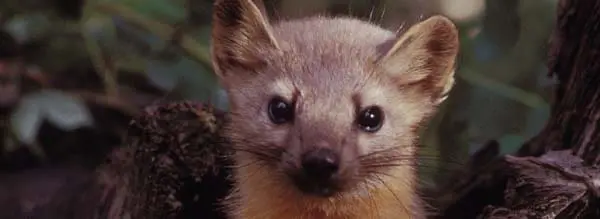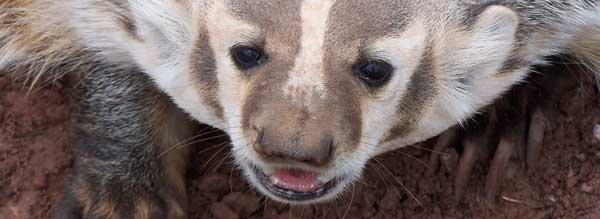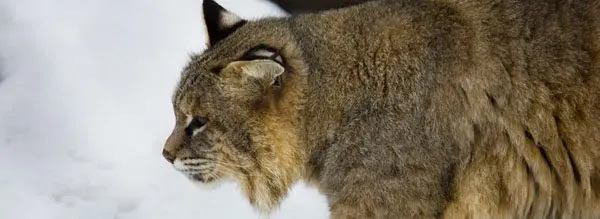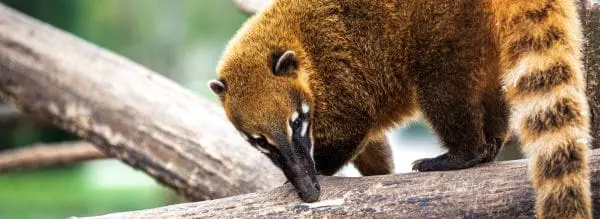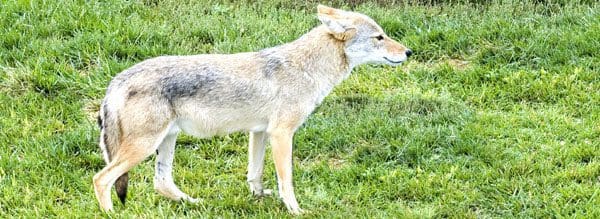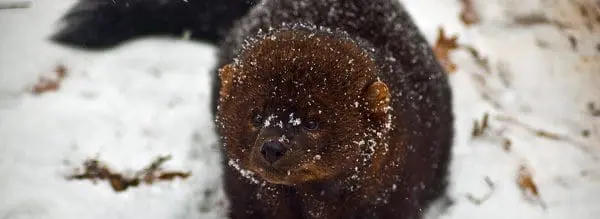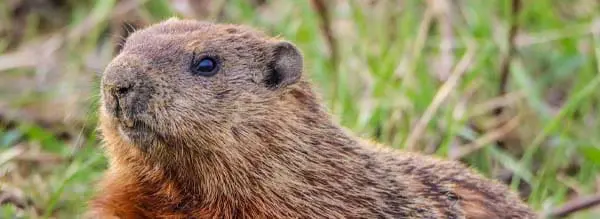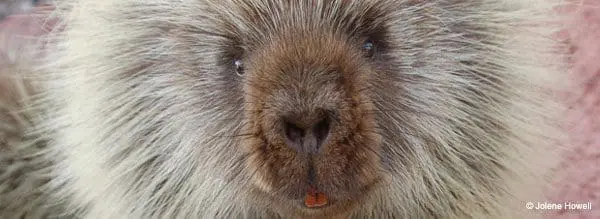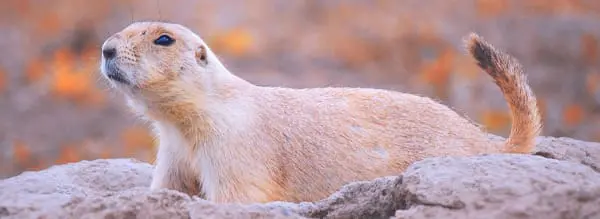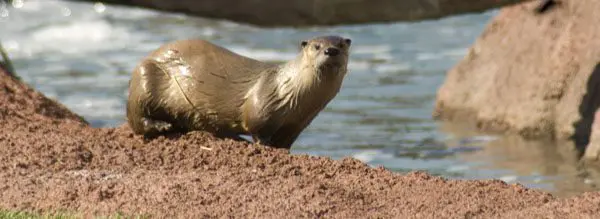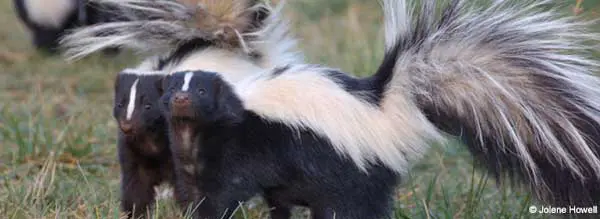Animals of the Walk Thru
Bear Country USA’s Walk Thru area offers an up-close look at a variety of animals. From otters and baby bears to bobcats, badgers, and more, this exhibit highlights a range of species in thoughtfully designed habitats. It’s a family-friendly way to observe and learn about these incredible creatures.
Click on a tile below to learn more about our fascinating residents!
